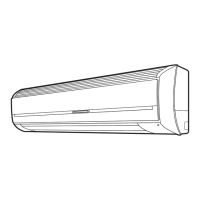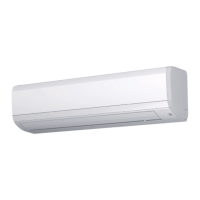Figure 10: Correct bulb location for TXV
Evacuation
It is necessary to evacuate the system to 500 microns or
less. If a leak is suspected, leak test with dry nitrogen to
locate the leak. Repair the leak and test again.
To verify that the system has no leaks, close the valve to
the vacuum pump suction to isolate the pump and hold
the system under vacuum. Watch the micron gauge for
a few minutes. If the micron gauge indicates a steady
and continuous rise, it is an indication of a leak. If the
gauge shows a rise, then levels off after a few minutes
and remains fairly constant, it is an indication that the
system is leak free but still contains moisture and may
require further evacuation if the reading is above 500
microns.
System charge
To ensure that this system performs at the published
levels, it is important that the indoor airflow is determined
and refrigerant charge is added accordingly.
Measuring indoor airflow
About this task:
To determine rated airflow for a specific
match, consult the technical literature at
www.simplygettingthejobdone.com. When attempting to
match this airflow, select the lowest possible speed tap,
measure the actual airflow, and adjust as necessary.
To measure actual airflow, it is not an acceptable method
to just check the jumper pin setting tables and to assume
0.5 in. W.C. total external static pressure.
To determine indoor airflow, complete the following
steps:
1. Measure the static pressure with a manometer
between the filter and blower.
2. On a single-piece air handler, take a second
reading in the supply air duct outside of the unit.
On a gas furnace, take the second reading after
the heat exchanger but before the indoor coil.
3. Add the negative return static to the positive
supply static to determine the system total static
pressure. Treat the negative return static as a
positive pressure (even though it is a negative
reading).
4. If there is static pressure on the blower return
(-0.1), add it to a supply static (0.4) which equals a
(0.5) total system static pressure.
5. Compare this value to the table for the indoor
unit's static pressure against CFM or to a curve
chart.
Charging the system
NOTICE
For cold weather charging of the system at
temperatures of 55°F or below, see the Optional cold
weather charging procedures near the end of this
section.
CAUTION
R-410A refrigerant cylinders are rose-colored. Always
charge the system slowly with liquid R-410 refrigerant.
The factory charge in the outdoor unit includes enough
charge for the unit, 15 ft (4.6 m) of interconnecting
refrigerant piping, and the smallest indoor coil match-up.
Some indoor coil matches may require additional charge.
Refer to the Tabular Data Sheet for charge requirements.
CAUTION
Do not leave the system open to the atmosphere.
The total system charge must be permanently stamped
on the unit dataplate. Complete the following steps to
determine the total system charge:
1. Determine the base charge shipped in the outdoor
unit by referring to the Tabular Data Sheet included
with the outdoor unit. (item 1)
2. Determine the charge adder for the matched
indoor unit by referring to the Tabular Data Sheet.
(item 2)
3. If the refrigerant piping is longer than 15 ft (4.6 m),
calculate the charge adder for actual piping length
by referring to the Tabular Data Sheet. (item 3)
Installation Manual: R-410A Outdoor Split-System Air Conditioner 13
Johnson Controls Ducted Systems

